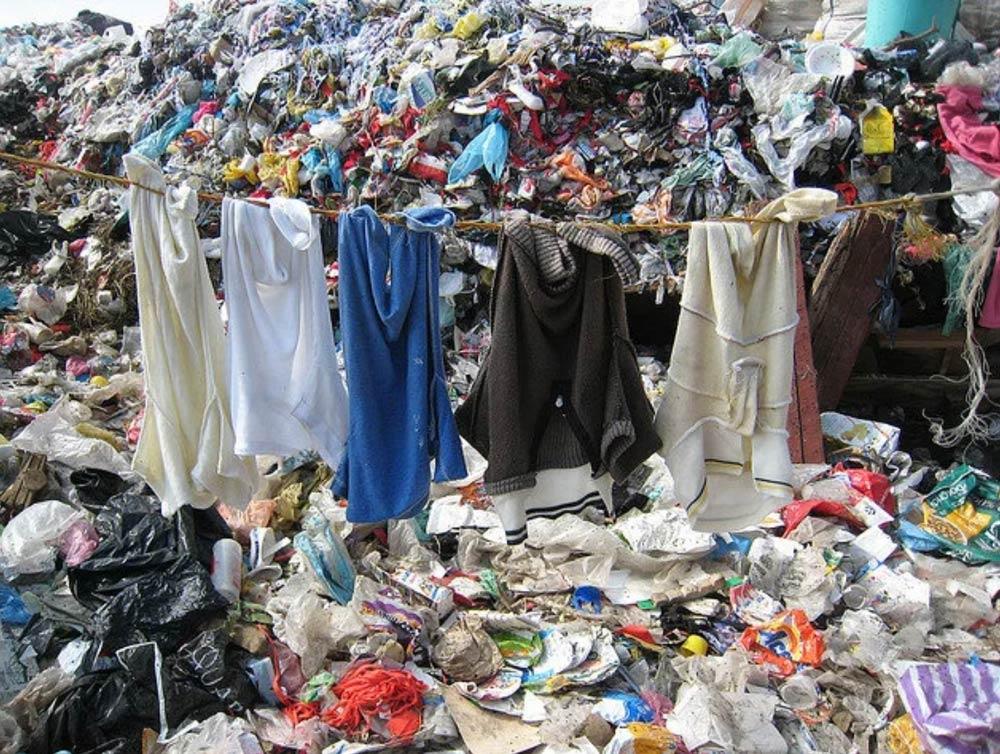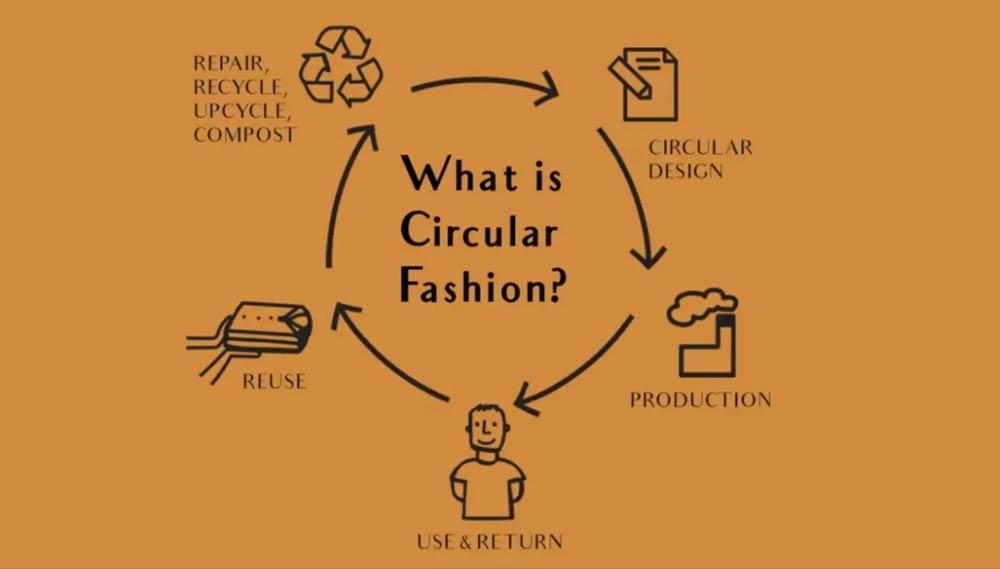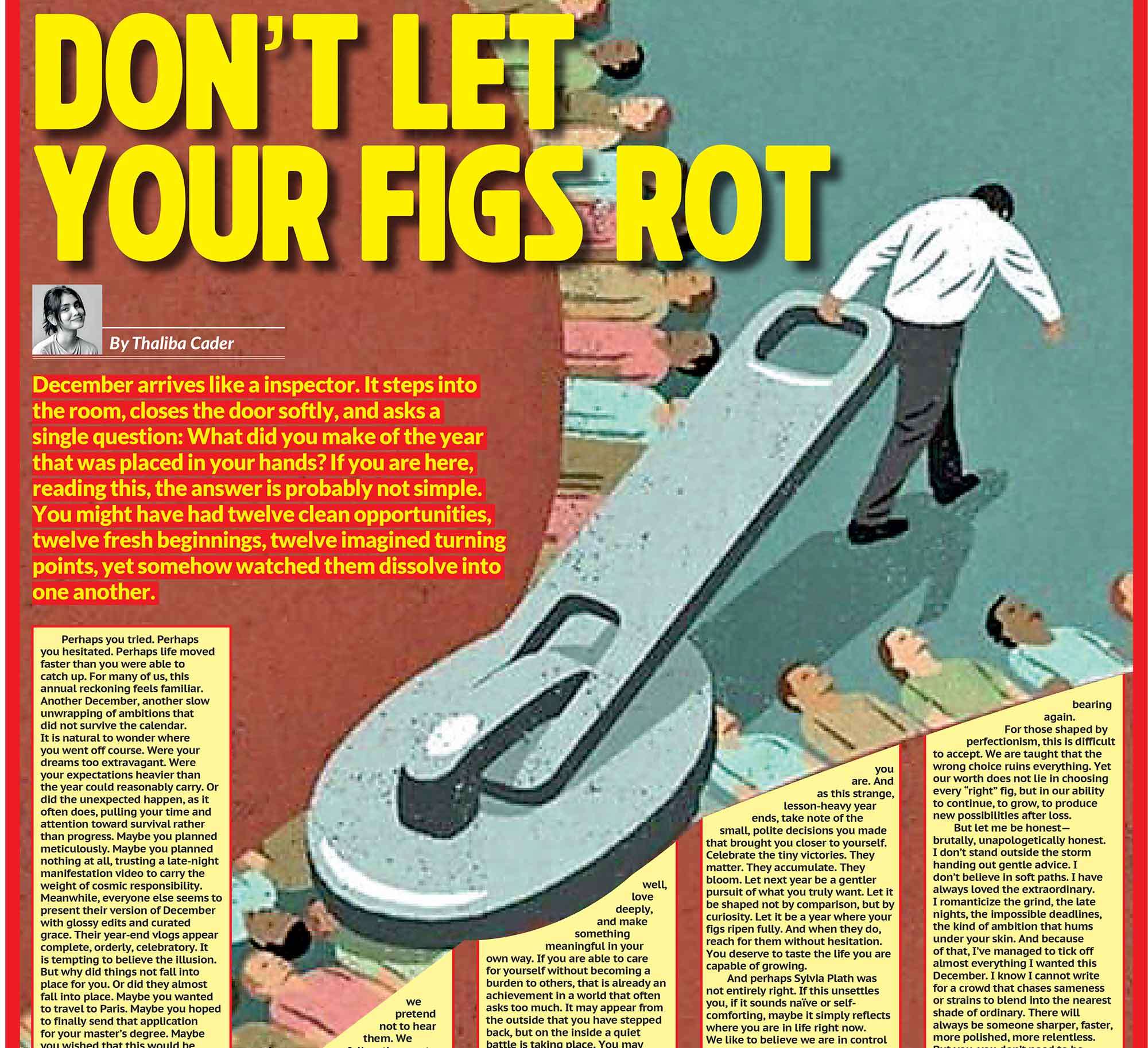

Fashion has always been about what’s next, the next season, the next collection, the next trend. But in the race for “new,” we’ve created a system that treats clothes as disposable. Enter circular fashion, a movement that asks: What if every garment was designed not to end up in a landfill, but to begin again? Circular fashion is about creating clothing that stays in use for as long as possible, through repairing, rewearing, reselling, or recycling, and when it finally reaches the end of its life, its materials can safely return to the cycle. It’s a shift from take–make–waste to design–use–renew. I write this from Paris, where glamour and craftsmanship share the same air. This season, the runways whispered, sometimes shouted, that circularity is no longer a side note in sustainability reports; it’s becoming the main design brief.
From Waste to Worth
For decades, fashion’s linear logic has been, extract, produce, sell, discard. Circularity flips that. It treats waste not as an inevitable by-product but as a design flaw to be corrected. Designers are re-imagining the entire process, from fiber choice to end-of-life. Instead of hiding waste behind romantic marketing about “handmade with love,” the industry is starting to ask tougher questions: What happens to this fabric when the trend fades? Can it be repaired? Recycled? Reborn? This mindset shift is visible from workshops to the catwalk. Startups and mills are turning scraps into yarns again, brands are piloting buy-back and repair schemes, and young designers are building entire collections from deadstock fabrics. The message is clear, luxury and longevity can, and must, coexist.
The Science of Rebirth: Textile-to-Textile Recycling
One of the most promising frontiers of circularity lies in recycling, not just turning old jeans into insulation but literally transforming textile waste back into high-quality fibers. Companies like Circ in the US and Renewcell in Sweden are pioneering “fiber-to-fiber” recycling. Their chemical processes can separate and recover fibers from complex blends like cotton-polyester, something traditional recycling couldn’t handle. The result? New, high-quality yarns that can be rewoven into fabrics, closing the loop. Polyester, too, is getting a circular upgrade. Through chemical depolymerization, companies are breaking polyester down to its basic building blocks, which can be repolymerized into virgin-quality fiber, meaning, in theory, the same plastic bottle or blouse could live a dozen new lives. These innovations are no longer futuristic experiments. Major brands are signing offtake agreements with recyclers, investing in new facilities, and making recycled textiles part of mainstream supply chains.
Designing for Second Lives
Circular fashion isn’t just about fancy recycling machines; it’s also about designing clothes that want to live longer. This is where business models like resale, repair, and rental come in. Instead of selling and forgetting, brands are building systems to keep their garments in circulation. Patagonia’s Worn Wear programme repairs and resells pre-loved jackets. In Paris, luxury label Chloé recently launched a repair service in partnership with Vestiaire Collective, while small ateliers offer lifetime mending for bespoke pieces. On the design side, circular thinking means simplifying materials, using fewer blends, designing seams that can be easily opened, choosing buttons and trims that don’t block recyclability. It’s meticulous, unglamorous work, but it’s what turns sustainability from a buzzword into practice.
The Catwalk Goes Circular
This year’s Paris and Milan Fashion Weeks were full of proof that circularity can be beautiful. In Paris, upcycled couture took center stage, from reimagined vintage gowns to pieces crafted from pre-consumer waste. At Marine Serre, patchworked denim, regenerated knits, and re-dyed sportswear blurred the line between streetwear and sustainability. The collection wasn’t “eco-friendly”; it was simply desirable. In Milan, designer Simon Cracker sent models down the runway in unapologetically upcycled garments, deconstructed jerseys, reassembled tailoring, and fabrics rescued from deadstock warehouses. His “recipe” approach to garments (think: ingredients you can recombine) showed that circularity can be rebellious, playful, and couture-level at once. Meanwhile, Diesel showcased recycled denim on a massive scale, proving circular design can live inside industrial systems too. These moments matter. They shift circularity from being a moral obligation to an aesthetic movement, where re-use becomes part of the language of style.
Small Brands, Big Lessons
Circularity isn’t just for fashion giants with R&D budgets. Around the world, small brands are leading with ingenuity and intimacy. In Sri Lanka, for instance, handloom and lace artisans have practiced circular principles for centuries, repairing, repurposing, and weaving with zero waste long before the term existed. Their work shows that circularity isn’t new; it’s ancestral. Independent designers are finding clever low-tech ways to join the loop: pattern-cutting that eliminates fabric offcuts, modular garments that can be restyled each season, and customer workshops that teach mending as self-expression. The difference now is visibility, these ideas are no longer “craft traditions,” they’re being recognized as the future of luxury.
Challenges and the Road Ahead
Of course, circular fashion is not a silver bullet. Even the most advanced recycling still consumes energy and chemicals. Take-back systems require infrastructure, logistics, and honest customer participation.
And perhaps the toughest question is economics, can recycled or repaired clothes compete with fast-fashion prices? Not yet. But policy shifts like the EU’s Extended Producer Responsibility (EPR) laws, which make brands responsible for post-consumer waste, are starting to push the system toward fairness. Transparency will be critical. Without proper verification, “circular” can quickly become another greenwashing slogan. The future depends on traceability, digital passports that track where materials come from and where they go. Circularity also demands social fairness. If recycling depends on poorly paid sorting labor or informal waste systems in the Global South, it’s not truly ethical. The loop must be fair for everyone involved, from fiber to factory to fashion show.
What Designers (and Consumers) Can Do Now
Circular fashion isn’t only for labs and runways. It starts with small, conscious decisions, both in studios and wardrobes.
For designers:
- Create garments built to last and be repaired
- Use mono-materials where possible, one fabric type per piece makes recycling easier
- Be transparent about material origins and end-of-life plans.
- Collaborate with recyclers, not just suppliers.
For consumers:
- Buy fewer, better things.
- Repair instead of replace.
- Resell or donate thoughtfully.
- Support brands that take responsibility for their clothes after you buy them.
When customers start expecting longevity, brands start designing for it.

A Gentle Revolution
Circularity is more than a sustainability strategy; it’s a cultural reset. It asks us to slow down, to value craft, and to see beauty in continuity rather than novelty. In many ways, it’s also a spiritual idea, one that echoes the cycles of nature and ancient wisdom traditions: nothing is wasted, everything transforms. From Paris ateliers to Sri Lankan looms, the most exciting thing about circular fashion is not just the technology, but the mindset it represents. It invites us to be both designers and caretakers, of our garments, our environment, and our shared future. Circularity may be messy, imperfect, and slow. But perhaps that’s the point. Because fashion, at its best, was never meant to be fast, it was meant to be forever.













